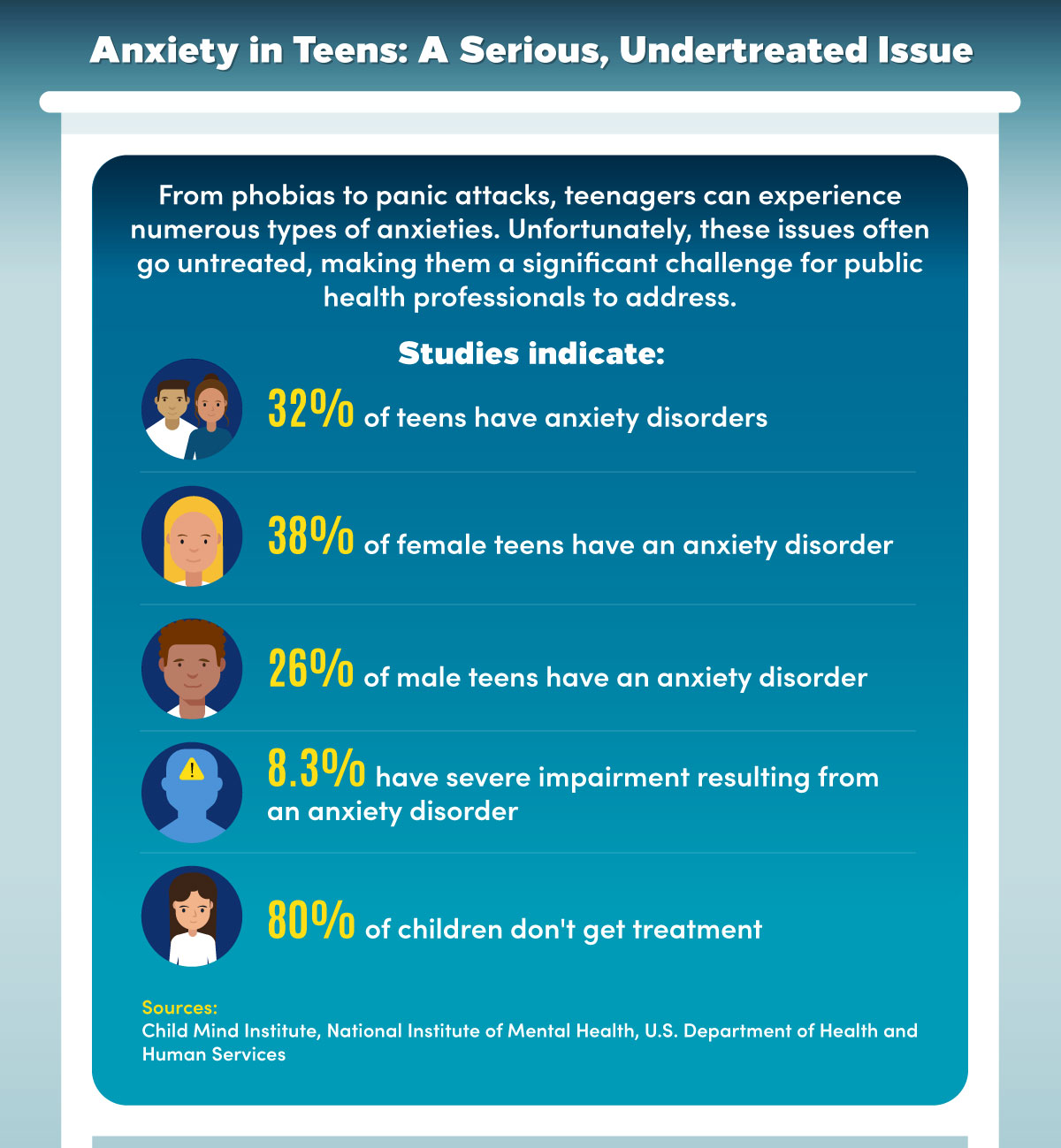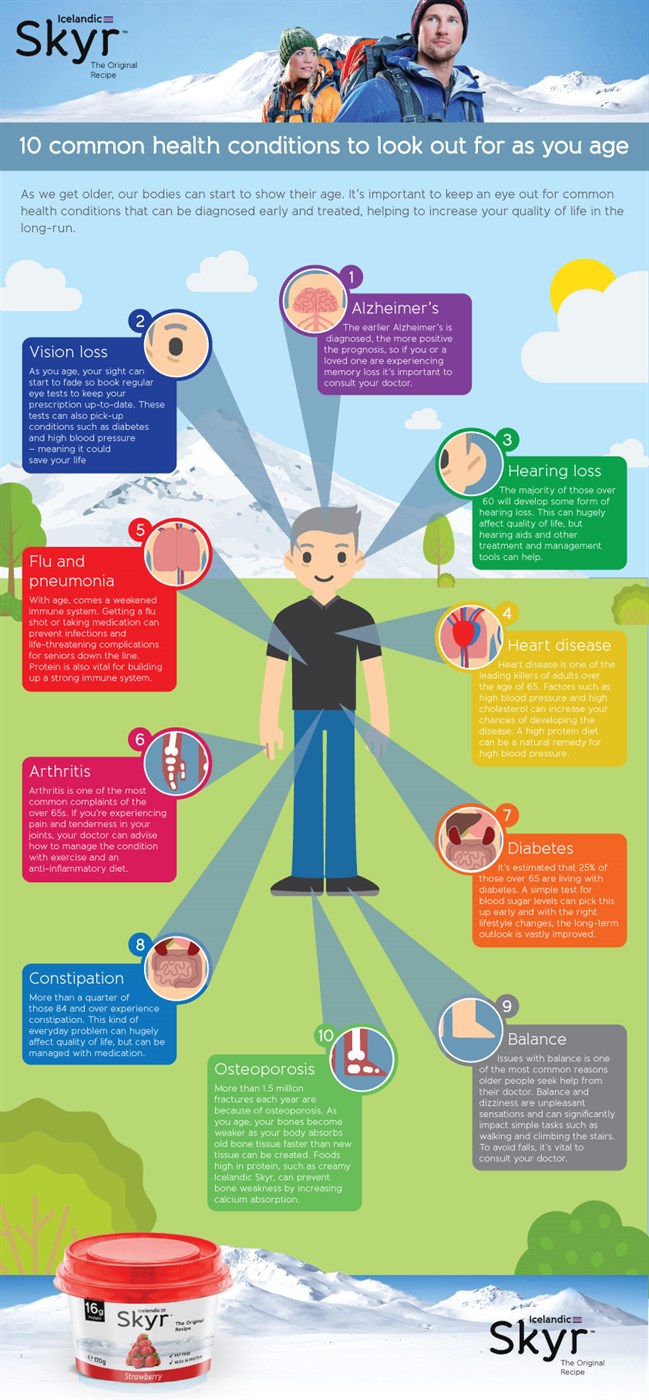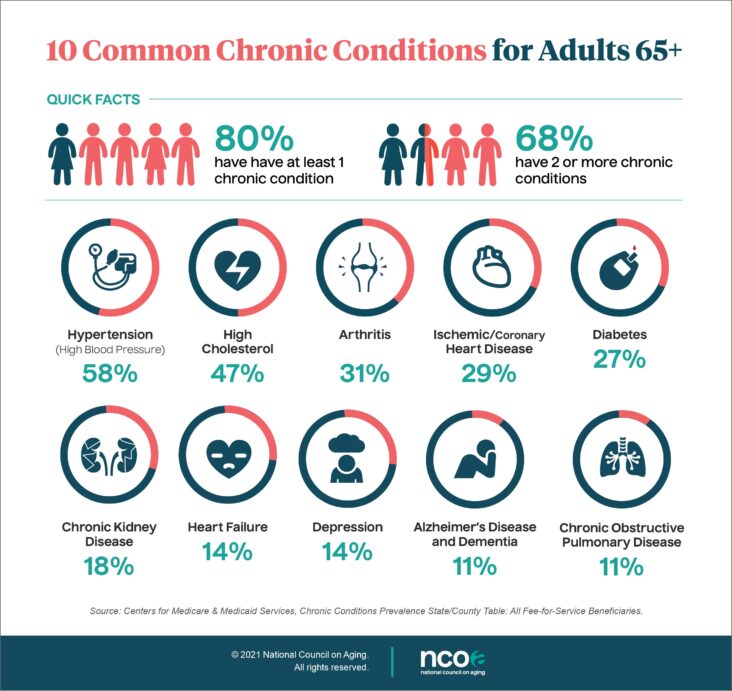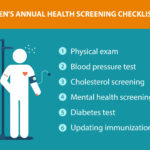If you’re looking for ways to ensure your well-being and protect yourself against the most common health conditions and diseases, you’ve come to the right place. From diabetes to heart disease, the prevalence of these illnesses continues to rise, creating an urgent need to understand how to prevent them. In this article, we’ll discuss the most common health conditions and diseases, along with how to reduce your risk of developing them. We’ll also highlight lifestyle changes and preventive measures you can take to reduce your chances of developing these diseases.
The Impact of Unhealthy Habits on Your Health

Unhealthy habits can have a major impact on your overall health and well-being. Eating a poor diet and leading a sedentary lifestyle can lead to a variety of health issues, including obesity, heart disease, diabetes, and other chronic conditions. Smoking, drinking alcohol, and abusing drugs can also lead to serious physical and mental health issues. Not getting enough sleep can also have a major impact on your physical and mental health, as it can cause exhaustion, mood changes, and difficulty concentrating. Additionally, not getting regular checkups and screenings can lead to missed diagnosis and treatment of health conditions.It is important to make healthy lifestyle choices and habits in order to maintain physical, mental, and emotional health. Eating a balanced diet and exercising regularly can help to reduce the risk of developing serious health conditions. Quitting smoking and limiting alcohol intake can also help to reduce health risks. Additionally, getting enough rest and regular checkups can help you maintain good health. Taking the time to make healthy lifestyle choices can help you feel healthier and happier.
The Role of Genetics in Health Conditions

The role of genetics in health conditions, often referred to as genetic predisposition, is an important factor in determining a person’s risk for developing certain diseases and conditions. While genetics are not the only factor contributing to a person’s health, they can play a significant role in the development of certain diseases and conditions. For example, some genetic conditions, such as cystic fibrosis or sickle cell anemia, can only be passed down through a family line. Other conditions, such as diabetes and high blood pressure, can be caused by a combination of environmental and genetic factors. Understanding your family history can help you understand your own risk for certain diseases, and can be used as a tool to create a preventative health plan. This plan can include making lifestyle changes, such as eating a healthy diet, exercising regularly, and avoiding risky behaviors, such as smoking or excessive alcohol consumption. By understanding your genetic risks and taking the necessary steps to reduce them, you can help ensure that you stay healthy and avoid the development of certain diseases and conditions.
The Most Common Health Conditions and Diseases

The most common health conditions and diseases affect millions of people around the world. These ailments can range from minor illnesses, such as the common cold, to deadly diseases like cancer. Heart disease, stroke, diabetes, and hypertension are all major health conditions that are on the rise in many countries. It’s important to understand the risk factors associated with each of these conditions so that you can take steps to prevent them. Making lifestyle changes such as quitting smoking, getting regular exercise, and eating a healthy diet can reduce the risk of many health conditions and diseases. Keeping your weight in check and reducing stress are also important steps in preventing illness. Regular visits to the doctor for check-ups and screenings can help catch any diseases early, giving you the best chance of successful treatment. It is also important to get the recommended vaccines for your age and health condition. Vaccinations can help protect you from serious illnesses such as the flu, tetanus, and measles. Lastly, being aware of your family’s medical history and discussing any concerns with your doctor can help you identify any potential risk factors or hereditary conditions that may require more attention. By understanding the risk factors and taking preventative steps, you can live a long and healthy life.
How to Avoid or Reduce the Risk of Common Health Conditions

There are many ways to reduce the risk of developing common health conditions. It’s important to maintain a healthy lifestyle and to follow proper hygiene protocols to help reduce the chances of getting sick. Eating a balanced diet and getting regular physical activity can help to maintain a healthy weight, which can lower the risk of developing heart disease, stroke, and diabetes. It’s also important to get regular checkups from a doctor and to monitor any changes in health in order to detect any potential health issues early. Additionally, avoiding smoking and excessive alcohol consumption can help reduce the risk of certain health conditions, such as cancer and liver disease. Vaccinations can also help to reduce the risk of certain illnesses, such as the flu and measles. Taking preventative measures to avoid developing common health conditions can help to ensure a longer, healthier life.
Healthy Lifestyle Habits to Protect Your Health

A healthy lifestyle is one of the most effective ways to protect your health and avoid the most common health conditions and diseases. Eating a balanced and nutritious diet, getting regular physical activity, and maintaining a healthy weight are all essential components of a healthy lifestyle. Eating a variety of fruits and vegetables, whole grains, lean proteins, and healthy fats can help you get the vitamins and minerals your body needs. Regular physical activity can help you maintain a healthy weight, reduce stress, and improve your overall health. Additionally, getting enough sleep, managing stress, and avoiding smoking and excessive alcohol consumption can help you protect your health. Taking steps to maintain a healthy lifestyle can help you prevent or manage a variety of health conditions and diseases.




